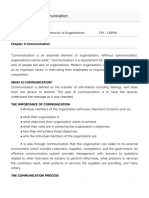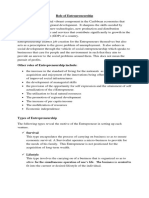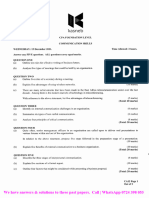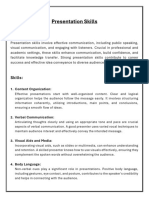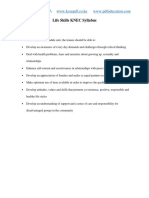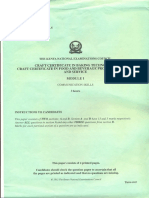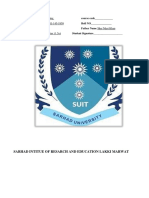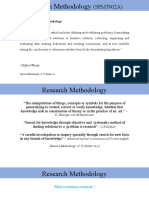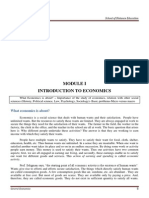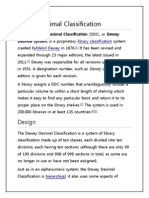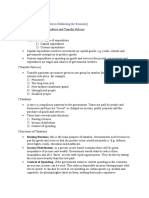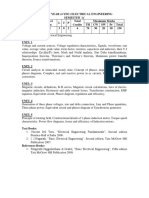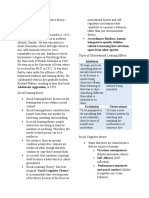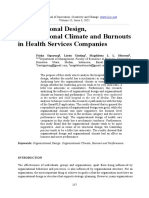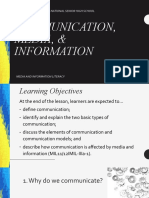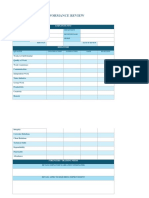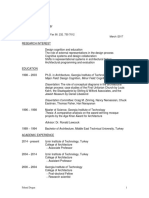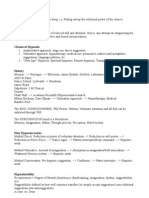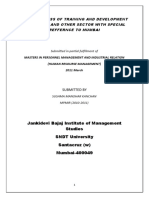0% found this document useful (0 votes)
1K views8 pagesNotes On Communication
This document defines communication and describes the communication process. It involves a sender encoding a message and transmitting it through a medium to a receiver for decoding and understanding. There may be barriers like noise that interfere. Effective communication ensures the message is successfully delivered and understood. The document also outlines various types of business communication like reports, technical reports, and their purposes in informing decisions.
Uploaded by
SWAPNIL MISHRACopyright
© © All Rights Reserved
We take content rights seriously. If you suspect this is your content, claim it here.
Available Formats
Download as DOCX, PDF, TXT or read online on Scribd
0% found this document useful (0 votes)
1K views8 pagesNotes On Communication
This document defines communication and describes the communication process. It involves a sender encoding a message and transmitting it through a medium to a receiver for decoding and understanding. There may be barriers like noise that interfere. Effective communication ensures the message is successfully delivered and understood. The document also outlines various types of business communication like reports, technical reports, and their purposes in informing decisions.
Uploaded by
SWAPNIL MISHRACopyright
© © All Rights Reserved
We take content rights seriously. If you suspect this is your content, claim it here.
Available Formats
Download as DOCX, PDF, TXT or read online on Scribd
/ 8


